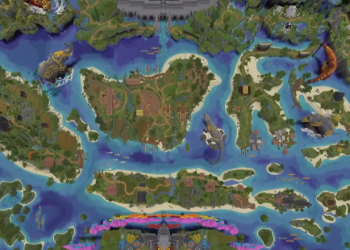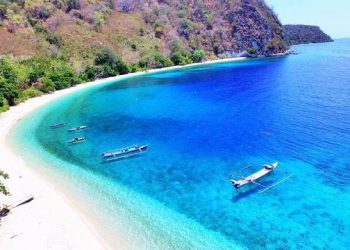Jakarta, Indonesia Sentinel — Researchers from Indonesia’s National Research and Innovation Agency (BRIN) have identified and described a new species of blind lizard endemic to Buton Island in Southeast Sulawesi.
According to Awal Riyanto, a senior researcher at BRIN’s Center for Biosystematics and Evolution Research, the blind lizard (Dibamus) is a fossorial reptile, meaning it lives underground with a body resembling a worm.
It has a unique morphological feature. The species has degenerated eyes, and while females are entirely legless, males possess small, flap-like vestigial limbs.
The genus Dibamus is distributed widely from Southeast Asia to Papua New Guinea, but many species remain poorly understood due to their elusive, subterranean nature and the rarity of specimens.
“Critical journalists ask questions, search for facts, and broadcast the truth, no matter where it leads,” said Riyanto, quoting American journalist Jill Abramson. “That same curiosity drives scientists to collect data, analyze it, and pursue the truth, even if it means being wrong, but never dishonest.”
Previously, populations of blind lizards found across Indonesia including in Papua, Maluku, Sulawesi, and the Lesser Sunda Islands were classified under the species Dibamus novaeguineae. However, recent morphological and biogeographical studies have revealed that the population on Buton Island possesses distinct characteristics that set it apart.
The BRIN research team examined museum specimens from various Indonesian regions and conducted morphometric and meristic comparisons. The Buton population displayed unique features not observed in other Dibamus species nearby.
The newly described species is distinguished by several key traits:
- Body size: Maximum snout-to-vent length (SVL) of 145.7 mm
- Head scales: Absence of medial and lateral rostral sutures; the frontal scale is larger than the frontonasal
- Color pattern: Two to three light-colored bands across the body
- Habitat: Endemic to monsoon rainforests on Buton Island, at elevations below 400 meters
The species, was named Dibamus oetamai, in honor of the late Jakob Oetama, a pioneering figure in Indonesian journalism and co-founder of Kompas Gramedia. While the local name proposed for the species is Kadal Buta Buton (Buton Blind Lizard).
Read Also:
Scientists Discover New Land Snail Species on Remote Bacan Island in Indonesia
The discovery of Dibamus oetamai adds to Indonesia’s rich biodiversity and highlights the ecological importance of small, isolated islands like Buton, which often harbor species that evolve in isolation.
“This finding underscores the vast, still-undocumented reptile diversity in Indonesia especially in the Wallacea region, which is a major biodiversity hotspot,” Riyanto noted.
Due to its highly localized distribution and potential vulnerability to habitat loss, Dibamus oetamai may face threats from deforestation and environmental change. Conservation of forest areas, particularly the Lambusango Forest Protected Area in Buton, is critical to the species’ survival.
(Raidi/Agung)

























